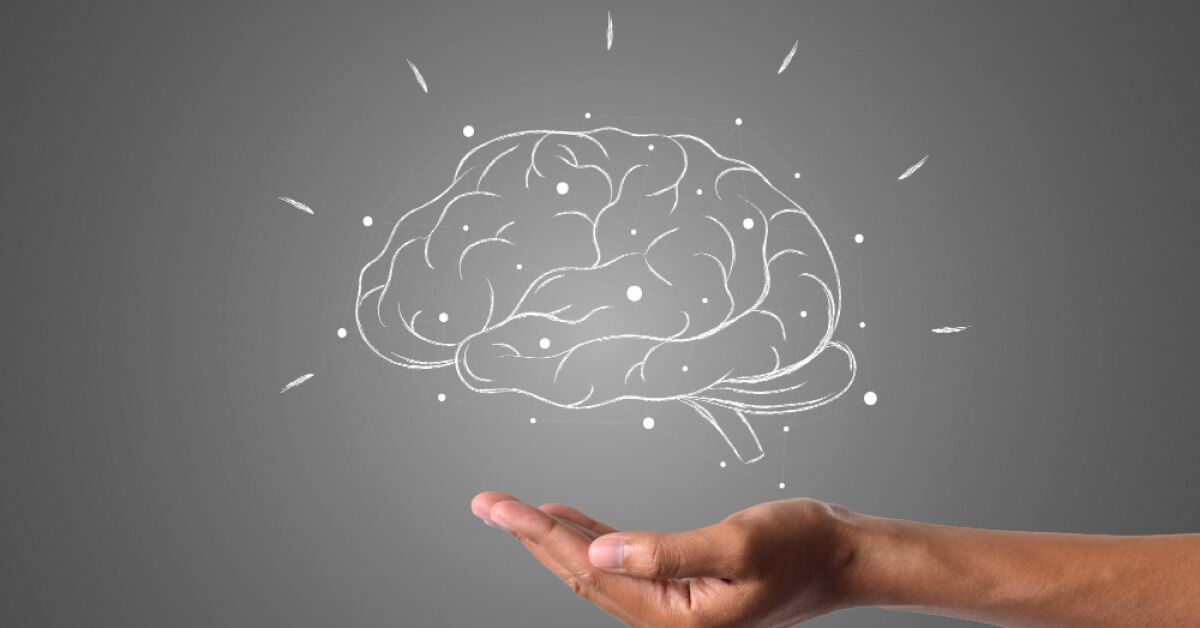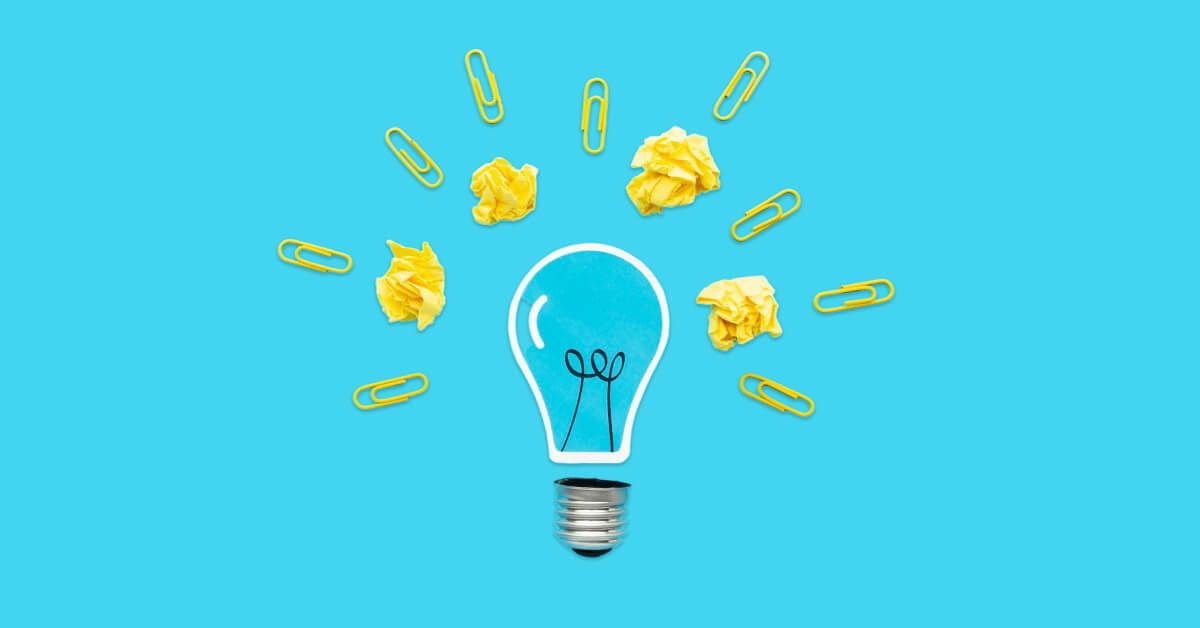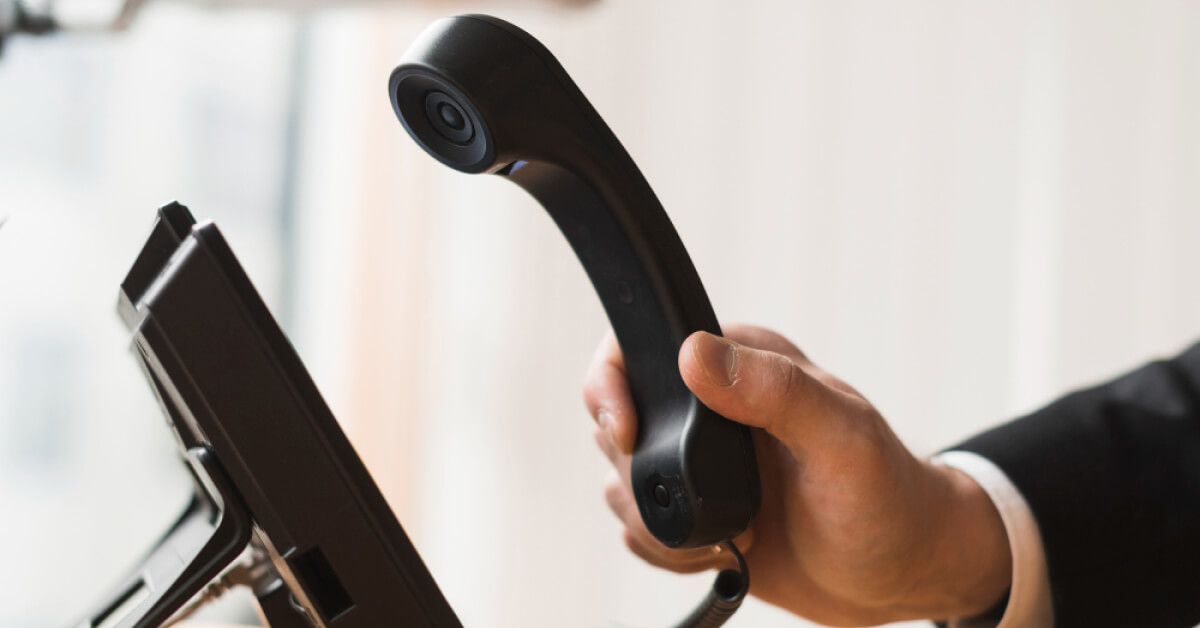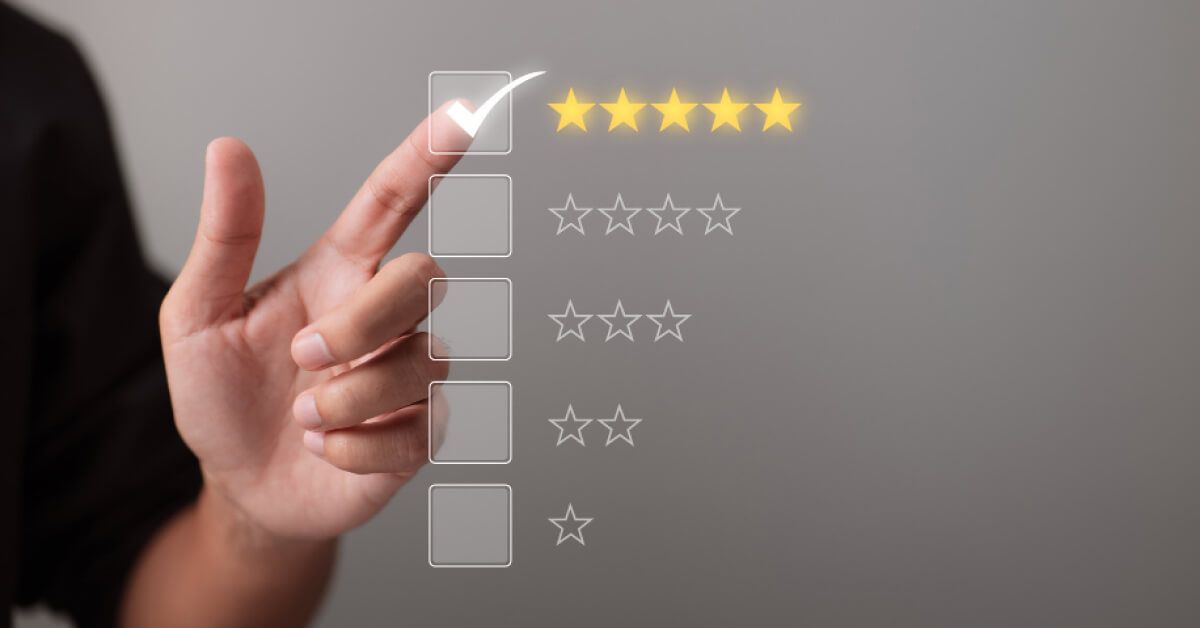30+ Effective employee incentives that keep top talents motivated in 2025

Think of a high-speed car race. The driver is skilled, the car is built for performance, and the track is set.
But there’s one crucial element that keeps everything firing on all cylinders—the pit stop. It’s in those quick moments of refuelling and fine-tuning where the real magic happens, ensuring the car stays competitive all the way to the finish line.
In the workplace, employee incentives work just like those pit stops. They give your team that much-needed boost, keeping them energized and ready to accelerate toward their goals. It’s not just about getting from point A to point B—it’s about maintaining peak performance along the way.
Whether it’s rewards for achievements, opportunities for growth, or even a simple “thank you” at the right time, smart incentives keep the momentum alive. Ready to discover 30+ ways to keep your team racing toward success in 2025?
Let’s dive in!
What are employee incentives?

Employee incentives are structured rewards or recognitions given to motivate, engage, and retain employees. These incentives go beyond base salary and act as nudges that drive specific behaviors—like hitting performance goals, demonstrating initiative, or boosting team morale. From bonuses to flexible hours to public recognition, incentives help bridge the gap between effort and appreciation.
At their core, employee incentives are about alignment—matching what your business needs with what your employees value. When designed thoughtfully, these incentives can encourage productivity, spark innovation, and reinforce company culture. They’re not just perks; they’re a form of communication that says, “This behavior matters, and we want more of it.”
Incentives can be financial (like commissions or profit-sharing), non-monetary (like professional development opportunities), or social (like team shoutouts or employee-of-the-month programs).
Whether short-term or long-term, individual or team-based, they’re meant to reinforce positive action. A well-structured employee incentive program doesn’t just hand out rewards randomly—it’s built around clear goals, transparency, and fairness.
And while it’s tempting to think incentives only matter in sales or customer-facing roles, the truth is—they work across all departments when tailored correctly. Whether it’s IT resolving major outages or HR onboarding three new hires in a week, everyone appreciates being seen, heard, and rewarded in meaningful ways.
Why are employee incentives important?

Employee incentives aren’t just “nice-to-haves”—they’re critical for engagement, retention, and performance, contributing to a positive work environment . When done right, they turn everyday tasks into meaningful wins and boost morale across the board. Here’s why they matter more than ever:
- Boosting motivation and effort: Employees are more likely to go the extra mile when their hard work is acknowledged. Incentives help tie performance directly to meaningful rewards. Whether it’s a bonus or an extra day off, recognition drives enthusiasm and fuels long-term productivity.
- Reducing turnover and retaining top talent: One of the biggest reasons employees leave is a lack of appreciation. Employee incentive programs reduce this risk by building a workplace culture where people feel genuinely valued. When incentives reflect real contributions, loyalty and retention naturally follow.
- Improving employee engagement levels: Engaged employees take ownership, contribute ideas, and genuinely care about their work. Incentive programs keep this engagement alive by offering tangible reasons to stay invested. Even small, consistent rewards can turn routine work into a meaningful experience, highlighting employee achievements .
- Encouraging healthy and productive competition: Structured incentives can spark friendly competition that pushes teams to perform without causing friction. When fairness and transparency are built in, this type of competition boosts collaboration. It’s a performance win that still supports teamwork.
- Aligning employee goals with business outcomes: Incentives work best when tied to broader company objectives. By connecting personal milestones to business success through an effective employee incentive program, employees stay focused on what really matters. It’s a win-win—teams are more motivated, and leadership sees faster progress.
- Reinforcing company values in real time: Rewards are a great way to spotlight the behaviors that reflect company culture. Whether it's celebrating collaboration, creativity, or customer-first thinking, incentives drive those values home. Over time, this builds a more aligned and purpose-driven workforce.
- Creating a culture of appreciation and recognition: Appreciation isn’t a bonus—it’s a basic need at work. Incentives make recognition part of the workflow, not just something saved for annual reviews. That kind of consistent validation builds stronger, more connected teams across every department.
The psychology behind incentives and motivation

Employee incentives work because they tap into human behavior and basic psychological needs. Whether it’s recognition, reward, or achievement, certain incentives stimulate the brain’s internal motivation systems. Here’s how psychology explains why incentive programs actually get people moving:
- Rewards activate the brain’s dopamine system: When employees receive a reward, the brain releases dopamine—a chemical linked to pleasure and motivation. This neurological response reinforces the behavior that earned the reward. The more consistent this cycle, the more likely the behavior is repeated.
- People are driven by intrinsic and extrinsic motivators: Some employees thrive on internal satisfaction, while others are energized by tangible rewards. A strong employee incentive program blends both: offering financial perks while also acknowledging personal growth and purpose. This balanced approach caters to varied motivational styles.
- Recognition satisfies the need for belonging and esteem: Public recognition or praise activates the psychological need for social validation. When employees feel seen and valued, it boosts their self-esteem. This feeling of belonging can enhance morale, loyalty, and sustained performance.
- Clear rewards reduce ambiguity and increase focus: When employees know exactly what they’re working toward, their motivation sharpens. Incentives clarify what “good performance” looks like, eliminating guesswork. This clarity helps employees align their efforts with company goals.
- Goal-setting theory reinforces incentive effectiveness: Psychologists suggest that people perform better when working toward specific, challenging goals. Pairing those goals with timely staff incentives increases commitment and follow-through. It creates a feedback loop that rewards progress while fueling future action.
Benefits of employee incentives
Employee incentives do more than just boost morale—they create a workplace where people feel valued, motivated, and engaged. When structured correctly, employee incentive programs can improve performance and strengthen company culture.
- Increased productivity and efficiency: Employees work harder when they know their efforts will be recognized. Incentives encourage goal-oriented behavior and help teams stay focused. This leads to improved efficiency and higher output.
- Higher employee retention rates: A well-planned staff incentive program reduces turnover by making employees feel appreciated. People are less likely to leave a workplace that rewards their contributions. Retaining talent saves companies the cost and disruption of frequent hiring.
- Greater job satisfaction: When employees feel their hard work is valued, job satisfaction rises. Incentives add an extra layer of motivation, turning routine tasks into meaningful accomplishments. Happy employees are more engaged and committed.
- Stronger company culture: Recognition-based incentives help build a culture of appreciation. Employees who feel valued are more likely to align with company values. Over time, this creates a positive and collaborative work environment.
- Better teamwork and collaboration: Team-based incentives encourage employees to support each other. When rewards are tied to collective success, teamwork improves naturally. Employees become more invested in shared goals rather than individual wins.
- Encourages innovation and creativity: Offering incentives for new ideas fosters a culture of continuous improvement. Employees are more likely to suggest innovative solutions when they know their input is valued. This drives business growth and competitiveness.
- Improved customer satisfaction: Engaged and motivated employees provide better service. Incentives encourage employees to go above and beyond in their roles. Happier employees lead to happier customers, strengthening brand loyalty.
Types of incentive programs

Incentive programs come in many forms, each designed to motivate employees differently, and exploring various employee incentive program ideas can enhance effectiveness . Some focus on financial rewards, while others emphasize recognition, perks, or career growth. Choosing the right mix ensures a well-rounded employee incentive program that appeals to different needs.
Monetary incentives
Financial rewards are one of the most direct ways to motivate employees. These include bonuses, salary increases, and profit-sharing programs. Monetary incentives provide immediate recognition for performance and help retain top talent. When structured well, they drive results without causing unhealthy competition.
Non-monetary incentives
Not all incentives involve money—many employees value perks like flexible schedules, wellness programs, or extra paid time off, alongside monetary bonuses. These benefits improve work-life balance and enhance job satisfaction. Incentives for employees that focus on well-being can be just as effective as cash-based rewards.
Recognition-based incentives
Public appreciation is a powerful motivator, reinforcing positive behaviors. Recognition programs include employee-of-the-month awards, peer nominations, and personalized shout-outs. These incentives boost morale by making employees feel valued in front of their peers. Simple gestures like thank-you notes or appreciation emails go a long way.
Team-based incentives
Collaboration thrives when incentives reward group achievements rather than individual efforts. Team-based rewards include department bonuses, group outings, or shared perks. These programs encourage teamwork, foster unity, and ensure that success is a collective goal. Strong team dynamics lead to better overall performance.
Performance-based incentives
This type of employee rewards program ties financial incentives to specific goals and achievements. It can include commission-based pay, sales incentives, or goal-oriented bonuses. Performance-based incentives push employees to exceed expectations. They work best when paired with clear, realistic targets.
Career growth and learning incentives
Employees are more engaged when they see a future within the company. Offering leadership training, skill development courses, or tuition reimbursement is a great incentive. Growth-focused rewards show a commitment to long-term employee success. Investing in development also strengthens workforce skills.
Spot incentives
Sometimes, unexpected rewards are the most effective. Spot incentives are given spontaneously to recognize exceptional contributions. These can include gift cards, extra time off, or surprise bonuses. Small, immediate rewards create a culture of appreciation without requiring a formal program.
Difference between employee benefits and employee incentives
Employee benefits and employee incentives aren’t the same thing—they serve distinct functions at work. Benefits ensure employee well-being, while incentives are all about performance and motivation.
| Aspect | Employee benefits | Employee incentives |
|---|---|---|
| Definition | Fixed perks offered to employees as part of their employment package or compensation plan. | Performance-based rewards given for achieving specific goals or displaying desired behaviors. |
| Purpose | Focuses on supporting employee health, stability, and overall workplace satisfaction. | Aims to boost motivation, productivity, and engagement for short or long-term goals. |
| Eligibility | Typically applies to all employees regardless of performance or department. | Usually given based on specific achievements, milestones, or contributions. |
| Timing | Provided on a consistent schedule like monthly or annually with employment. | Given at various times based on real-time performance, contribution, or results. |
| Examples | Includes healthcare, paid time off, pension plans, and employee wellness programs. | Includes bonuses, spot awards, gift cards, and public recognition opportunities. |
| Impact | Enhances job satisfaction, reduces stress, and helps retain employees long term. | Sparks motivation, drives results, and energizes employees to perform at their best. |
| Customization | Usually standardized across roles and departments with minimal personalization. | Often tailored to individuals, teams, or departments based on performance metrics. |
How to run employee incentive programs effectively?

Running an employee incentive program isn’t just about handing out rewards—it’s about building a system that consistently motivates people to do their best. When done right, these programs drive engagement, loyalty, and performance.
- Start with clear objectives: Define what you want to achieve—boost sales, improve retention, or increase team collaboration. Clear goals help shape the structure of your incentive programs and set the tone for fairness and focus.
- Make the criteria transparent: Employees should know exactly what actions or results will earn rewards. Transparency builds trust and prevents confusion. When everyone understands the rules, they’re more likely to stay engaged and motivated.
- Tailor incentives to your workforce: Not all incentives for employees should be one-size-fits-all. Some may value cash bonuses, while others prefer learning opportunities or time off. Customizing rewards makes them feel personal and meaningful.
- Balance individual and team rewards: Encourage both personal accountability and collaboration by offering a mix of solo and team-based rewards. This helps avoid unhealthy competition and strengthens team dynamics across departments.
- Track and measure performance: Use KPIs or regular progress reports to monitor the effectiveness of your staff incentive programs. When you measure results, you can fine-tune what’s working—and what isn’t—over time.
- Celebrate wins and share success stories: Recognize top performers publicly and highlight their impact. Celebrating wins energizes the team and reinforces positive behaviors. It also shows that the employee incentive program is more than just talk—it’s part of your culture.
Practices to avoid when planning employee incentive programs
While a well-designed employee incentive program can inspire greatness, poor planning can quickly backfire. Missteps like unclear goals or favoritism can tank morale instead of boosting it. Here are seven practices to avoid to keep your programs effective and fair:
- Using vague or inconsistent criteria: If employees aren’t sure how to earn incentives, confusion and frustration will follow. Inconsistency can lead to perceived unfairness, undermining trust. Clear expectations are key to making incentives for employees feel meaningful.
- Overlooking non-monetary motivators: Focusing only on cash rewards can alienate those who value flexibility, recognition, or development. Employees want more than just a paycheck—they want to feel seen and supported. A balanced approach works best.
- Failing to align with company goals: When incentives don’t support business objectives, you’re just throwing rewards into the wind. Every part of your staff incentive programs should reinforce your company’s mission, values, and desired behaviors.
- Making rewards too rare or unreachable: If the bar is set too high, employees may stop trying. Unattainable rewards kill motivation fast. Break goals into achievable steps so employees stay engaged and see progress.
- Ignoring employee feedback: Skipping feedback leads to misaligned incentives and missed opportunities. Regular check-ins help fine-tune your program. When employees feel heard, they’re more likely to stay motivated and involved.
- Over-relying on competition: Pitting employees against each other can erode team spirit and foster toxic environments. Instead, promote healthy collaboration. A strong employee incentive program rewards teamwork as much as individual wins.
- Lacking follow-through on promises: If rewards are delayed or never delivered, trust takes a major hit. Always honor what’s promised. Follow-through ensures your employee rewards programs maintain credibility and employee confidence.
Tips for implementing an incentive program

Once you’ve got the blueprint for your employee incentive program, it’s time to roll it out with intention. Implementation isn’t just about launching—it’s about making it stick, scale, and succeed.
- Involve employees in the planning phase: When employees help shape the program, they’re more likely to buy into it. Ask for ideas, preferences, and feedback early. This makes the program feel inclusive—and way more effective from day one.
- Pilot the program before a full launch: Test the program with a smaller team or department first. A pilot helps identify kinks, gather early feedback, and fine-tune your approach before a company-wide rollout of your incentive programs.
- Use tech to streamline tracking and delivery: Automate progress tracking and reward distribution through software. It keeps things transparent and real-time. A well-integrated tech stack saves HR teams from headaches and makes staff incentives more accessible.
- Create a communication plan around it: A solid communication plan ensures people don’t miss key details. Use email, Slack, town halls, or videos. Repetition and clarity help everyone understand how to engage with your employee rewards programs.
- Refresh rewards regularly to maintain interest: Even the best incentives get stale over time. Rotate rewards every quarter or year. This keeps things exciting and ensures your staff incentive programs stay aligned with evolving employee interests.
- Link incentives with skill development opportunities: Offer rewards that also build professional growth—like courses, coaching, or project leadership chances. It’s a win-win: employees feel rewarded, and the company builds internal talent.
30+ Employee incentive ideas to improve motivation among workforce

Here are 30+ employee incentive ideas that can improve motivation, boost morale, and keep your workforce energized. These ideas blend monetary, non-monetary, recognition-based, team-based, and spot incentives to suit different personalities and preferences within your workplace.
- Performance-based bonuses: Extra cash for hitting individual or team goals.
- Quarterly profit-sharing: Employees earn a share of company success every quarter.
- Referral rewards: Cash incentives for successful employee referrals.
- Sales commissions: Standard in sales, but always a great motivator.
- Spot bonuses: Quick cash rewards for unexpected wins or going the extra mile.
- Tuition reimbursement: Support for continued education and certifications.
- Annual pay raises: Tied to performance, skill development, or promotions.
- Extra PTO days: A day off for a job well done or hitting a milestone.
- Remote work privileges: Let top performers choose their work location.
- Flexible schedules: Early Fridays or custom hours based on performance.
- Wellness stipends: Monthly or quarterly budgets for fitness, therapy, or hobbies.
- Sabbaticals: Offer long-tenured employees extended time off to recharge.
- Skill-building opportunities – Access to paid courses, workshops, or conferences.
- Office upgrades: Ergonomic chairs, dual monitors, or better equipment.
- Employee of the Month: Public shoutout, certificate, and maybe a fun reward.
- Peer-nominated awards: Let coworkers recognize each other’s efforts.
- Wall of Fame: A digital or physical space to showcase wins and stars.
- Leadership spotlight: A manager shoutout in company-wide meetings.
- Thank-you cards: Personalized notes that make employees feel valued.
- Custom trophies or plaques: Fun or quirky awards that employees can proudly display.
- Team lunches/dinners: Celebrate big wins with good food and good company.
- Escape rooms or team games: Fun, engaging ways to reward collaboration.
- Off-site retreats: Relaxing or adventurous getaways to strengthen bonds.
- Group experience vouchers: Concert tickets, sports events, or classes for the whole team.
- Milestone celebrations: Recognize team anniversaries, launches, or client wins.
- Shared bonuses: Team goals that trigger collective financial rewards.
- Surprise gift cards: Coffee, food delivery, or online shopping—fast and appreciated.
- Desk drops: Leave treats, notes, or small gifts at their desks unexpectedly.
- Shoutout Slack Channel: Public praise from peers and managers in real-time.
- Random half-days: Surprise time off as a morale booster.
- Birthday or work anniversary surprises: Personalized gifts or messages for special days.
- Gamified mini-challenges: Quick contests with small but fun rewards like gadgets or merch.
Short-term vs. Long-term incentive programs
Here’s a quick look at the differences between short-term and long-term incentive programs. Both serve unique purposes within employee incentive programs—one fuels immediate motivation, the other builds sustained engagement and loyalty.
| Aspect | Short-term Incentive Programs | Long-term Incentive Programs |
|---|---|---|
| Goal | Encourage quick wins or short-term achievements or behavior. | Foster loyalty, retention, and long-term performance growth. |
| Duration | Typically last days to a few months depending on the reward. | Often spans one year or longer, tied to larger objectives. |
| Reward Type | Bonuses, spot rewards, gift cards, or public shout-outs. | Stock options, profit sharing, or long-term bonus payouts. |
| Impact | Immediate motivation boost with quick visible results. | Develops strategic alignment and deeper employee commitment. |
| Tracking | Easier to track and measure through short-term KPIs. | Requires ongoing metrics and milestone-based evaluation. |
| Best For | Short projects, sales targets, or early-stage engagement. | Succession planning, retention, and leadership development. |
6 Best practices for employee incentive programs
Effective employee incentive programs don’t just motivate—they drive performance, retention, and a stronger workplace culture.
- Align incentives with company goals: Ensure that incentive structures reflect and reinforce business objectives. Whether it's boosting productivity, improving customer satisfaction, or fostering innovation, aligning rewards with goals ensures both employee and organizational success.
- Recognize both individual and team efforts: Striking a balance between individual achievements and collaborative contributions fosters a culture of appreciation. Recognizing teams promotes unity, while celebrating individual efforts drives personal accountability and ambition.
- Offer a mix of monetary and non-monetary rewards: While bonuses and raises matter, don’t underestimate the power of extra time off, flexible schedules, or learning opportunities. A diverse incentive strategy caters to varying employee preferences and boosts long-term engagement.
- Keep criteria transparent and fair: Employees must clearly understand how incentives are earned. Transparent, merit-based criteria eliminate perceptions of bias or favoritism and build trust in the system.
- Solicit employee feedback regularly: Use platforms to run pulse surveys and understand what truly motivates your workforce. Employee insights help tailor programs to be more relevant and impactful.
- Evaluate and refine incentive programs frequently: Monitor participation rates, satisfaction scores, and performance metrics to identify what’s working and what’s not. Continuous improvement ensures your program stays aligned with evolving employee expectations and business needs.
How to communicate incentive programs clearly to your workforce?

Clear communication turns an incentive program from a nice gesture into a real motivator. If employees don’t understand the “what,” “why,” or “how,” they won’t fully engage. Here’s how to make sure your message actually lands:
- Define the purpose clearly: Employees engage more when they understand why a program exists. Clarify the goals behind the incentive—whether it’s boosting performance, encouraging collaboration, or rewarding loyalty. A clear purpose helps employees connect with the bigger picture.
- Keep the language simple and direct: Avoid buzzwords or HR-speak that might confuse people. Use clear, straightforward language to explain eligibility, criteria, and rewards. Everyone should instantly understand what they need to do and what they’ll get.
- Use multiple communication channels: Don't rely on just one platform to get your message across. Combine emails, internal chat tools, short videos, and team meetings to reinforce the message. This ensures you cover different learning styles and preferences.
- Make managers your messengers: Managers are the bridge between leadership and teams. Equip them with all the details so they can answer questions and build excitement. When managers are on board, employees are more likely to follow suit.
- Provide visual aids or summaries: A simple infographic or one-pager can go a long way in making details stick. Visuals help break complex processes into something digestible. They’re also great for quick reference and team-wide sharing.
- Create a feedback loop: Let employees ask questions, share concerns, and suggest tweaks. This two-way dialogue builds trust and helps fine-tune communication. The more included people feel, the more likely they are to engage.
- Keep it top of mind: One announcement isn’t enough—keep the program visible through reminders, dashboards, or leaderboard shout-outs. Regular updates keep energy high and reinforce your commitment to recognizing great work.
How DEI plays a role in fair and inclusive incentive programs?
Integrating Diversity, Equity, and Inclusion (DEI) principles into employee incentive programs is essential for fostering a fair and inclusive workplace. By aligning incentives with DEI objectives, organizations can ensure that all employees feel valued and motivated, leading to enhanced engagement and performance.
- Align incentives with DEI goals: Incorporating DEI metrics into incentive programs holds leadership accountable and emphasizes the organization's commitment to diversity and inclusion. For instance, including DEI-related objectives in performance evaluations can drive progress in these areas.
- Offer diverse and flexible incentives: Recognizing that employees have varying preferences and needs is crucial. Providing a range of incentive options, such as professional development opportunities, additional paid time off, or wellness stipends, allows individuals to choose rewards that resonate with them, promoting inclusivity.
- Ensure transparency and equity: Clearly communicate the criteria and processes for earning incentives to all employees. Transparent guidelines help prevent biases and ensure that rewards are distributed based on merit and alignment with organizational values, fostering trust and fairness.
- Leverage employee resource groups (ERGs): ERGs can provide valuable insights into the preferences and needs of diverse employee groups. Collaborating with these groups when designing incentive programs ensures that the rewards are meaningful and supportive of all employees.
- Regularly review and adapt programs: Continuously assess the effectiveness of incentive programs in meeting DEI objectives. Soliciting feedback from employees and analyzing participation data can help identify areas for improvement and ensure that the programs remain relevant and equitable.
How ENPS can uncover what your employees think about incentives?

eNPS—Employee Net Promoter Score—is more than a number on a dashboard. It’s a candid insight into how employees feel about your company, your leadership, and yes, your incentive programs.
If your employee incentives are falling flat or flying high, eNPS has a way of exposing that. Here's how this simple tool can unpack the truth behind employee motivation.
- Begins with a direct, revealing question: eNPS centers around one core question: “How likely are you to recommend this workplace to a friend or colleague?” When employees are genuinely motivated by incentives, their responses reflect it. If they're not, it shows up too. This directness offers a high-level pulse check on how valued people feel.
- Encourages honest feedback through follow-ups: The follow-up to the eNPS score is often where the real story lies. When you ask why someone gave a specific score, their responses can uncover frustrations, unmet expectations, or gaps in incentive fairness. This raw, open-ended feedback helps you fine-tune your programs in real time.
- Reveals team-specific blind spots: Then you break eNPS scores down by department, role, or tenure, patterns start to emerge. You may notice that certain teams feel less recognized or that new employees aren’t connecting with current incentives. This level of segmentation allows you to tailor rewards more effectively across your staff incentive programs.
- Measures perception before and after incentives: Want to test if a new incentive worked? Watch your eNPS trend. A bump in scores might mean your employees felt genuinely appreciated, while a dip could signal confusion or unfairness. It’s a simple way to track the emotional ROI of your employee rewards programs over time.
- Builds a habit of feedback culture: The more regularly you run eNPS surveys, the more you normalize open dialogue. Employees feel heard and valued, especially when their feedback leads to real change. And that trust can boost not just loyalty, but the long-term impact of your incentive program itself.
Blog summary
- Employee incentives boost morale, productivity, and retention when aligned with employee needs and goals.
- Effective incentive programs blend monetary, non-monetary, recognition, and team-based rewards.
- Clear communication ensures employees understand, trust, and engage with the incentive program.
- DEI-focused programs promote fairness, inclusivity, and motivation across diverse employee groups.
- Tools like eNPS help gather honest feedback and optimize staff incentive programs continuously.
Conclusion
Employee incentives aren’t just about rewards—they’re about recognition, fairness, and fueling long-term engagement. When done right, they inspire teams, boost productivity, and create a workplace people genuinely want to be part of.
From cash bonuses to shout-outs to team wins, it’s the thoughtful execution that makes all the difference. But to get it right, you need insight—real, honest feedback from your people. That’s where listening tools come in. If you're serious about building inclusive and impactful employee incentive programs, it's time to go beyond guesswork.
Use CultureMonkey to understand what truly motivates your team, track employee sentiment with eNPS, and build rewards that actually work.
FAQs
1. How do you incentivize your employees?
Employees can be incentivized through a mix of monetary rewards, non-monetary perks, recognition, and growth opportunities. The key is to align incentives with company goals and employee preferences. Clear communication, achievable targets, and timely delivery make the program effective. Tailoring incentives to different roles and teams ensures relevance and boosts engagement across departments.
2. How employee incentive programs can improve productivity & motivation?
Incentive programs drive motivation by rewarding behaviors that contribute to business success. When employees see their efforts recognized, they’re more likely to repeat high-performing actions. This boosts overall productivity, enhances morale, and encourages healthy competition. A thoughtful incentive strategy can turn routine tasks into purpose-driven work and reduce disengagement across the team.
3. How can HR measure the success of incentive programs?
HR can track success through metrics like employee engagement scores, retention rates, performance KPIs, and eNPS feedback. Monitoring participation rates and productivity improvements also offers insight. Regular surveys and pulse checks help identify how well the program is received. Combining qualitative and quantitative data gives a clear picture of impact and areas to adjust.
4. Should incentives be personalized?
Yes, personalized incentives show employees that their individual needs and contributions are recognized. Not everyone is motivated by the same rewards—some value money, others flexibility or recognition. Tailoring incentives increases relevance, engagement, and overall job satisfaction. HR can use surveys or employee feedback platforms to understand what types of rewards are most meaningful.
5. How often should employee incentives be given?
The frequency depends on the program's structure, goals, and the nature of the work. Spot incentives and recognition can be given regularly to maintain momentum. Quarterly or annual rewards work well for larger goals. The key is consistency—employees should know when to expect rewards and feel that achievements are acknowledged in real time.



